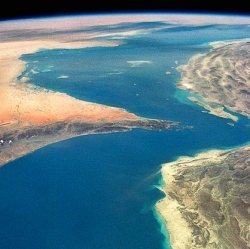
The final tranche of R&D funding needed to introduce a new rocket for Europe was committed on Wednesday. The European Space Agency has amended an August 2015 contract with Airbus Safran Launchers (ASL), to unlock a further €1.7bn. It tops up initial monies of €680m and means ASL can now complete development of the Ariane 6.
This new rocket will replace the Ariane 5 but, crucially, aims to cut current launch prices in half. The move to a new vehicle is seen as vital if Europe is to maintain its competitive position. The Ariane 5 is still the dominant player in the market for big commercial satellite launches, but this position is being challenged by a new wave of American offerings, in particular from the California SpaceX company.
This US firm’s Falcon 9 rocket already undercuts the Ariane 5 on price and will get even cheaper if efforts to fly each vehicle multiple times prove successful. The contract amendment signed in Paris follows approval by key committees at Esa in the past few days.
They signalled their contentment with the preliminary design progress on the Ariane 6 and the reorganisation in Europe’s rocket industry required to implement vehicle production.
The last detail to be agreed was the establishment of a second line of fabrication for the carbon-fibre casings of the 6’s strap-on, solid-fuel boosters. This will be in Germany and will supplement the line already planned in Italy.
Many boosters are required, not only for the 6 but to use as the first stage on an upgrade to a smaller rocket known as Vega.
"Thanks to the trust and support of Esa and its member states’ representatives, the industry has met its commitments and proved its ability to fulfil its role as a design and industrial authority," said Alain Charmeau, CEO of Airbus Safran Launchers.
“We have met the deadlines and quality objectives set, and now, thanks to the industrial organisation rolled out in record time, we can continue to develop a flexible, modular and competitive launcher that will fly in 2020".
The Ariane 6 will come in two versions. One, known as Ariane 62, will loft medium-sized spacecraft into orbit – the kind of platforms that image and study the Earth.
A second version, known as Ariane 64, will put up the heavy telecommunications spacecraft, which sit 36,000km above the equator.
